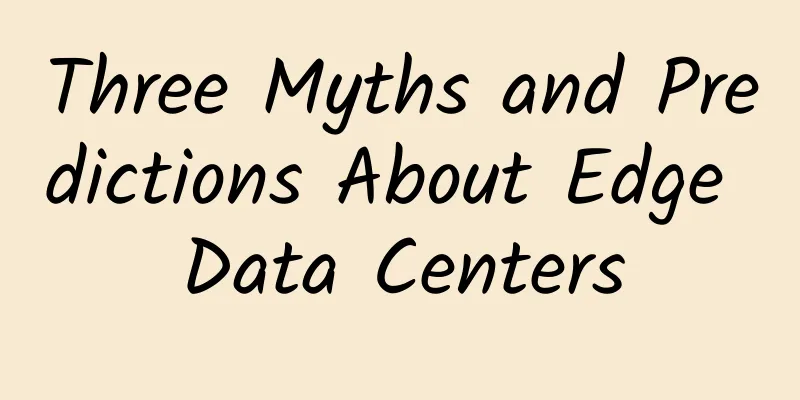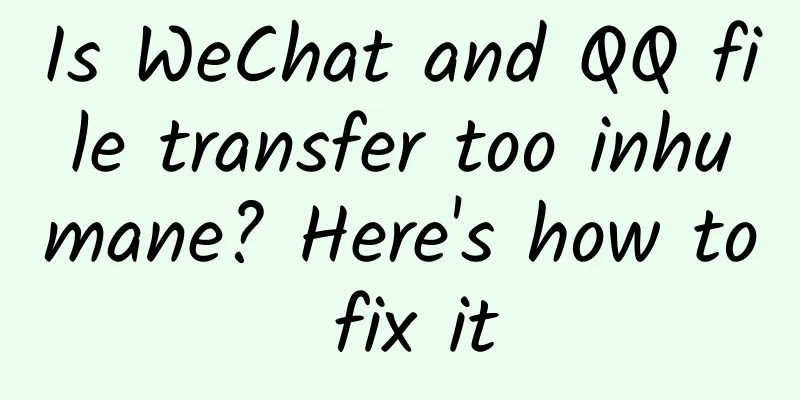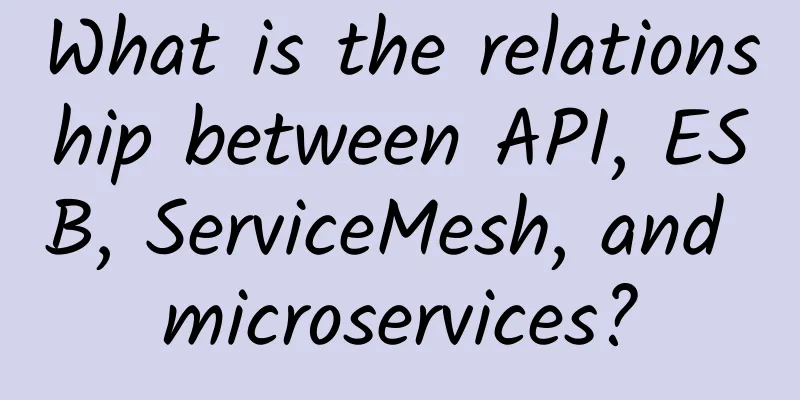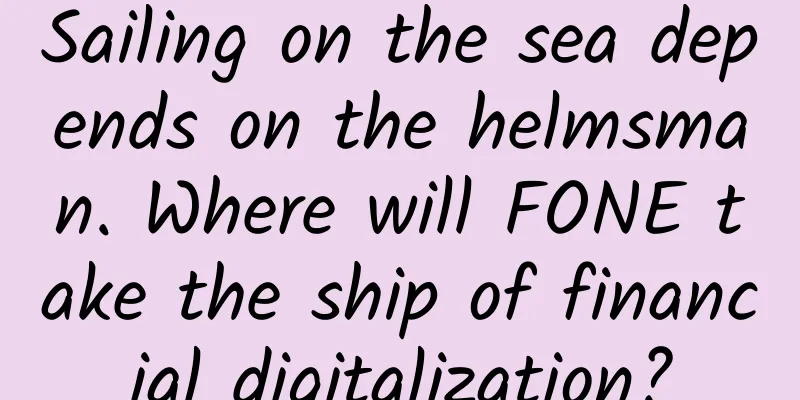I persisted in studying TCP and finally understood the TCP protocol.
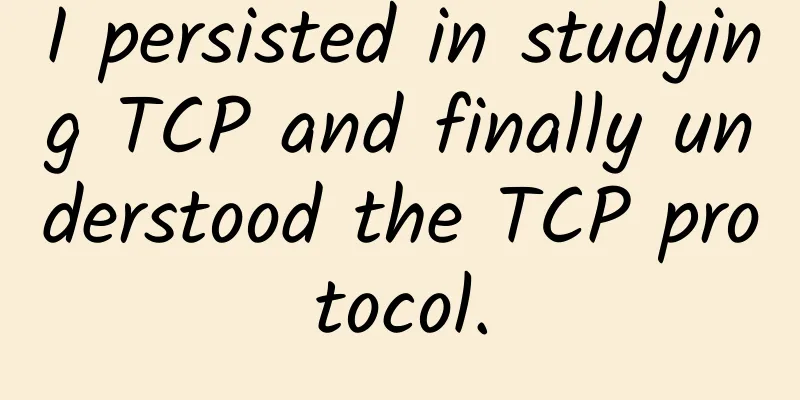
|
TCP is a connection-oriented, reliable stream protocol. A stream is equivalent to an uninterrupted data structure. The reason why TCP can provide reliable transmission is that it is achieved through mechanisms such as checksum, sequence number, confirmation response, retransmission control, connection management and window control. The following will start by introducing the TCP header format, and explain the TCP three-way handshake, four-way handshake, sliding window, congestion control, flow control and UDP protocol one by one. TCP header format
TCP three-way handshakeThree-way handshakeThree-way handshake description:
Why three-way handshake?1. Check whether both parties have the ability to send and receive dataTCP is a full-duplex trusted transmission protocol, which means that data can be transmitted in both directions at the same time. The process of establishing a three-way handshake is to verify whether both parties have the ability to send and receive data. The first handshake , at this time the client knows that it has the ability to send data, but does not know whether the server has the ability to receive and send data. In the second handshake , after the server receives the message, it replies with a confirmation message. At this time, the server knows that the client has the ability to send messages, and knows that it has the ability to receive and send data, but does not know whether the client has the ability to receive data. In the third handshake , when the client receives the confirmation message from the server, it knows that the server has the ability to receive and send data. Because the server does not know that the client has the ability to receive data, it needs to send a confirmation message to inform the server that it has the ability to receive data. 2. Prevent duplicate connectionsWhen the network conditions are complex or poor, the sender may send multiple connection establishment requests in succession. If the TCP handshake is only twice, the receiver can only choose to accept the request or reject the connection request, but it is not clear whether this request is a normal request. If it is a three-way handshake, after receiving the seq+1 message from the server, the client can determine whether the current connection is a historical connection by comparison. If it is, it will send a termination message to the server to terminate the connection. If it is not a historical connection, it will send a confirmation message to establish the connection. Four wavesEstablishing a TCP connection requires three handshakes, while terminating a TCP connection requires four handshakes. This is due to the half-close feature of TCP. TCP provides the ability for one end of the connection to receive data from the other end after it finishes sending data. Four wavesFirst wave : The client sends a FIN message (requesting connection termination: FIN = 1), in which a sequence number seq = u is specified. It stops sending data, but can still receive data, and actively closes the TCP connection. At this time, the client is in the FIN_WAIT-1 state, waiting for confirmation from the server. Second wave : After receiving FIN, the server will send an ACK message and use the client's sequence number value + 1 as the sequence number value of the ACK message, indicating that the client's message has been received. At this time, the server is in the CLOSE_WAIT state. After receiving the confirmation from the server, the client enters the FIN-WAIT-2 state and waits for the connection release message segment sent by the server. The first two waves let the server know that the client wants to release the connection, and also let the client know that the server understands its request to release the connection. Therefore, it can be confirmed that the connection from the client to the server is closed. The third wave : If the server also wants to disconnect, it will send a FIN message and specify a sequence number. At this time, the server is in the LAST_ACK state, waiting for the client's confirmation, and stops sending data to the client, but the server can still receive data transmitted from the client. Fourth wave : After receiving FIN, the client also sends an ACK message as a response (ack = w+1), and uses the server's sequence value + 1 as the sequence number value of its own ACK message (seq=u+1). At this time, the client is in the TIME_WAIT state and waits for 2MSL in this state. After the server receives the TCP message sent from the client, the LAST-ACK phase ends and enters the CLOSED phase. After the client waits for 2MSL, the TIME-WAIT phase ends and enters the CLOSED phase, thus completing four waves. Why does the client have to wait for 2MSL in the TIME-WAIT phase?This is to confirm whether the server has received the ACK confirmation message sent by the client. After the client sends the last ACK confirmation message, it cannot be sure that the server can receive it, so after sending it, it waits for 2MSL. If the server does not receive the ACK confirmation message sent by the client within 1MSL, it will send a FIN message to the client again. Window SlidingTCP uses 1 segment as a unit, and each time a segment is sent, a confirmation response must be processed. This transmission method has a disadvantage: the longer the packet round trip time, the lower the communication performance. To solve this problem, the concept of window is introduced. The confirmation response is no longer a segment, but a larger unit. After sending a segment, the sender does not need to wait for the confirmation response, but can continue to send. The window size refers to the maximum value of data that can be sent without waiting for confirmation. The window size is divided into four segments. As shown in the figure above, the white part is the window. The data in the window can be sent out even if no confirmation response is received. The part outside the sliding window includes data that has not been sent and data that has been confirmed to be received by the other end. After receiving the confirmation response, the window will slide to the part in the confirmation response. The position of the sequence number. In this way, multiple segments can be sent simultaneously in sequence to improve communication performance. This mechanism is called the window sliding mechanism. Retransmission processing under the window sliding mechanismWhen using window control, you may encounter segment loss. When not using window control, data that has not received an acknowledgment will be resent. When using window sliding, the acknowledgment does not need to be resent even if it is lost. As shown in the figure below, when a certain segment of the message is lost, the sender will continue to receive confirmation responses with sequence number 1001. This confirmation response is like reminding the sender "I want to receive data starting from 1001". In the event of message loss, the confirmation response of the same sequence number will be sent repeatedly. When the sender receives the same response three times in a row, it will resend the corresponding data. This retransmission mechanism is called a high-speed retransmission mechanism. Flow ControlTCP provides a mechanism that allows the sender to control the amount of data sent based on the actual receiving capacity of the receiver. The receiving host informs the sending host of the size of data it can receive, and the sending host will send data that does not exceed this limit. In fact, this size is the window size, and the value of the window size is determined by the receiving end. Congestion ControlBecause computers are a shared environment, there is also the possibility of network congestion due to communication between other hosts. When the network is congested, suddenly sending a large amount of data may cause the network to crash. If a large amount of data is sent at the beginning of the communication, it will also cause some problems. To prevent this problem, TCP uses a slow start algorithm to control the amount of data sent. In order to regulate the amount of transmission, a concept called congestion window is defined. During slow start, the congestion window size is set to 1 data segment (1 MSS). After that, the window value is increased by 1 for each acknowledgment received. When sending a data packet, the congestion window size is compared with the window size notified by the receiving host, and a smaller amount of data is sent based on the smaller value. The difference between TCP and UDPUDP is a connectionless protocol and an unreliable datagram protocol. It does not guarantee that the message will arrive. UDP is mainly used for communication or broadcast communication that has high requirements for high-speed transmission and real-time performance. For example, when making a phone call, if TCP is used, if the data is lost during the transmission process, it will be resent, but this will not be able to smoothly transmit human voices, which will cause a significant delay in the voice. UDP is applicable to:
|
>>: 15,000 Stars! Programmer's "Internet Swiss Army Knife"!
Recommend
How blockchain can change the way SMEs conduct business
As the application of blockchain technology incre...
When will the chaos of number portability end?
The full implementation of the number portability...
TripodCloud: US CN2 GIA line VPS annual payment 17% off, half-year payment starting at $38.99
TripodCloud is a Chinese hosting company founded ...
What do Wi-Fi 4/5/6/7 stand for? Learn about the evolution of Wi-Fi in one article
Wi-Fi is the abbreviation of Wireless Fidelity. I...
HostYun new product: CN2 GIA+AS9929 hybrid line native IP monthly payment starts from 19 yuan
HostYun has launched a new product, this time wit...
VULTR: KVM in 25 data centers around the world starting at $2.5 per month (supports hourly billing), $50 for new users
It has been more than 6 months since I last share...
What is 5G? How fast is 5G? Learn about 5G in one article
Recently, the world's first 5G railway statio...
LOCVPS Mid-Autumn Festival and National Day Promotion: 30% off on CN2 restocking in Kwai Wan, Hong Kong, 20% off on all items
The Mid-Autumn Festival and National Day are appr...
Morgan Digital still chooses Feiyuxing Wireless to build branch network
In March this year, the headquarters building of ...
How often does an Ethernet cable lose signal?
While many of us connect to Wi-Fi to browse the w...
Huawei presents GUIDE business blueprint at Mobile World Congress to help operators light up the digital future
During MWC22 Barcelona, Huawei, with the theme ...
Swan Award soars again: The 7th China Mobile Phone Design Competition kicks off on Telecom Day
On the occasion of the 51st World Telecommunicati...
Google Fiber: 5 Gbps and 8 Gbps services coming early next year
Google Fiber will launch symmetrical 5Gbps and 8G...
How are 5G standards formulated? What is the voice of Chinese companies?
The 5G standard is composed of many technologies,...
CMIVPS: 350 yuan/year-1GB/20GB NVMe/1.5TB@1Gbps/Seattle/High Defense VPS
Many friends have given good feedback on SpartanH...


